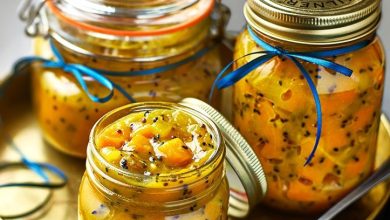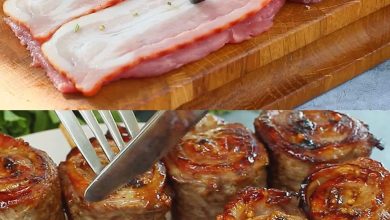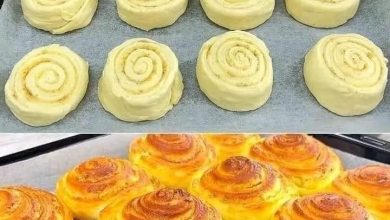
ADVERTISEMENT
Features and Design of the Coal Iron
- Structure and Material:
- The iron is crafted from heavy metal, typically cast iron or steel, which helps it retain heat for an extended period.
- It has a distinctively thick wooden handle, which provides insulation, allowing the user to handle the iron comfortably without getting burned.
- The box-shaped body contains a hollow compartment for holding hot coals or charcoal, which served as the heat source.
- Mechanism:
- The coal iron operates by placing hot coals or embers into the iron’s compartment. The heat from the coals transfers to the metal base, which is then used to press and smooth out fabrics.
- The iron has small holes along its sides and sometimes on the lid to allow airflow, which keeps the coals burning efficiently.
- The lid on top, often with a latch or hook, enables the user to open the compartment, place the coals inside, and securely close it during use.
- Ornamental and Functional Design Elements:
- Many coal irons, like the one in the image, have a decorative design on the top lid, which sometimes features patterns, scallops, or even small emblematic shapes, adding an aesthetic touch to an otherwise practical tool.
- The pointed front edge helps in maneuvering the iron over clothes, allowing the user to reach narrow areas like pleats and folds.
- Historical and Cultural Significance:
- Coal irons were widely used across various cultures before electric irons became accessible, particularly in households that didn’t have access to electricity.
- They are now considered antiques and are often collected as historical artifacts. In some parts of the world, traditional laundries and tailors still use coal irons for their ability to maintain high, consistent heat for an extended time.
- Challenges and Skill in Use:
- Using a coal iron required skill and patience. The user had to judge the correct amount of coal needed and maintain the temperature manually, as overheating could damage fabrics, while underheating wouldn’t press clothes effectively.
- Additionally, handling a coal iron required caution due to the risk of burns or accidental spilling of hot coals, which could be hazardous.
- Collectible and Decorative Appeal:
- Today, vintage coal irons are valued as decorative items, often displayed in homes with a rustic or historical theme. Their heavy and solid construction, combined with the old-world charm, makes them popular among collectors.
- They serve as a reminder of pre-electric household appliances and the ingenuity of early home technology.
Preserving and Displaying Vintage Coal Irons
For those who own or collect vintage coal irons, here are some tips to preserve and display them:
ADVERTISEMENT
- Cleaning: Avoid abrasive cleaning tools that can scratch the metal. Instead, use a soft cloth to dust the iron. For rust, mild metal cleaners can help, but it’s important to avoid excessive scrubbing.
- Protection: Applying a light coat of oil to the metal surface can help prevent rust if the iron is kept in a humid environment.
- Display: These irons make wonderful decorative pieces. They can be placed on shelves, used as bookends, or even displayed in entryways for a touch of vintage charm.
The Legacy of the Coal Iron
The coal iron is a testament to the resourcefulness and craftsmanship of earlier times. It represents an era where household chores were more labor-intensive but were also marked by carefully crafted tools designed to last. For modern collectors, a coal iron is not just an antique; it’s a connection to history, a symbol of the evolution of home technology, and a unique piece of functional art.
If you’d like a more detailed article on the history of coal irons and their use across different cultures, I can create one for you. Just let me know!




